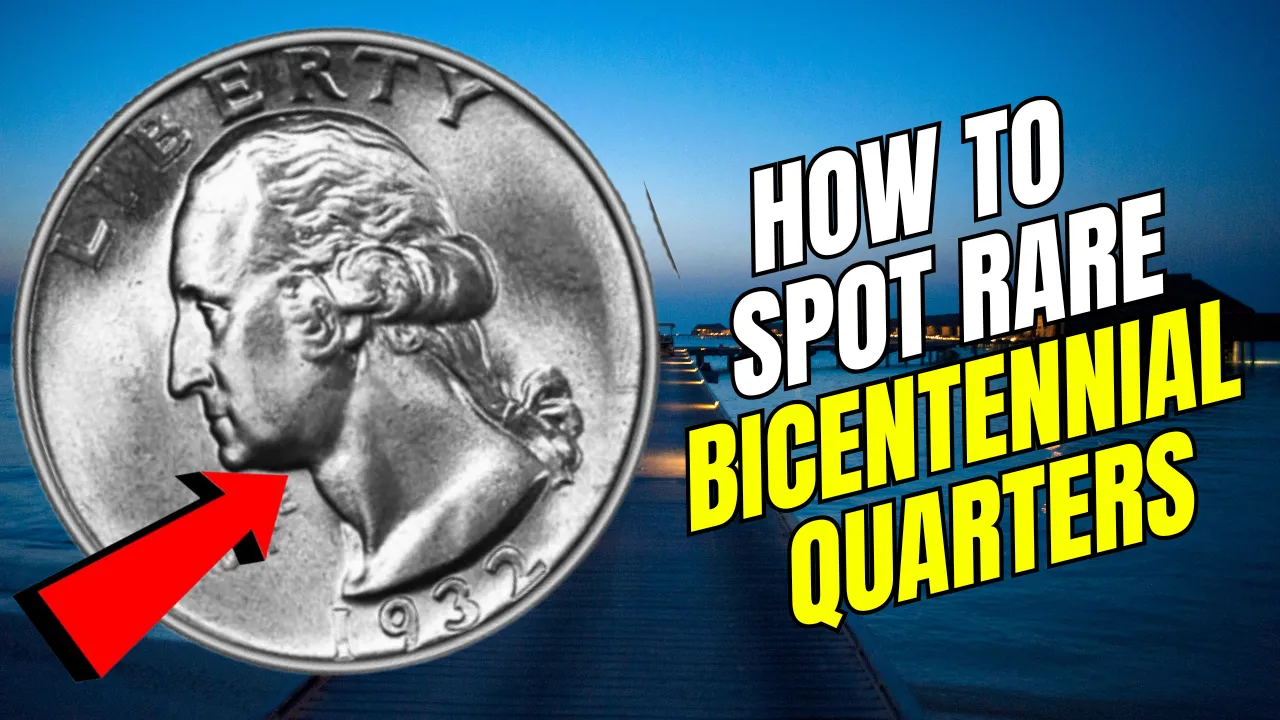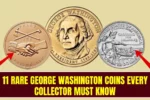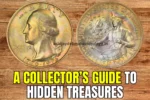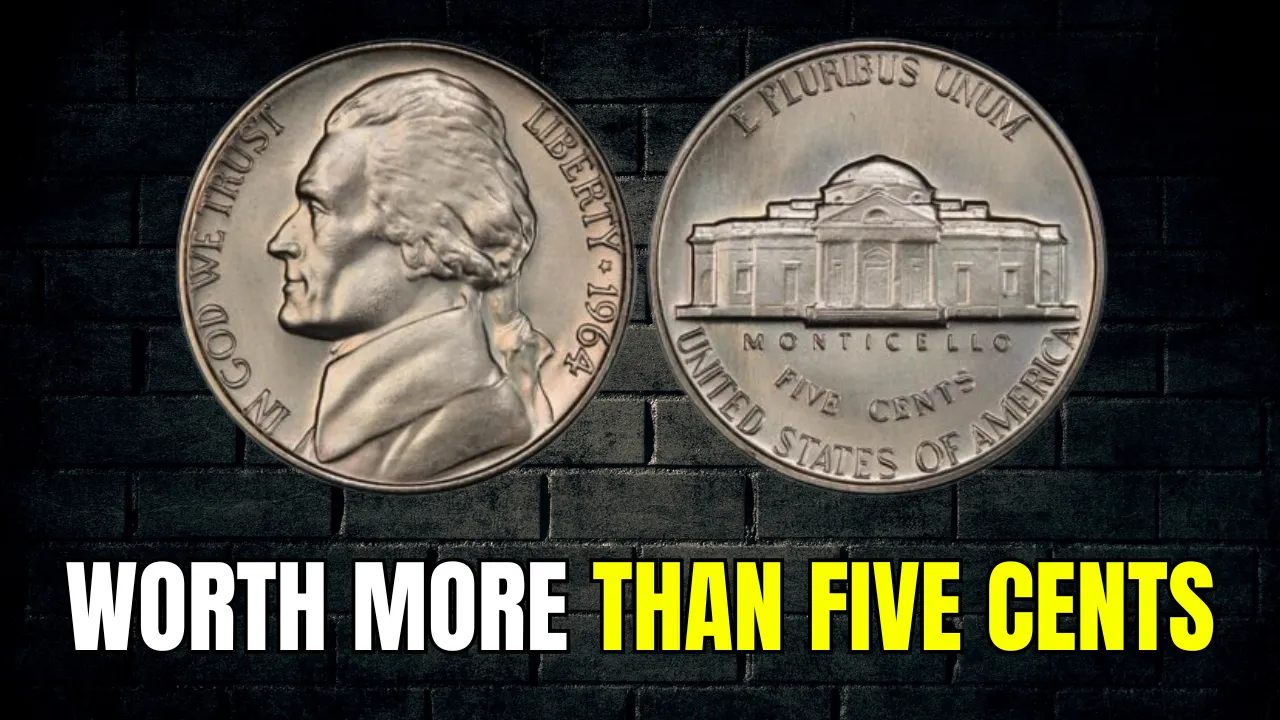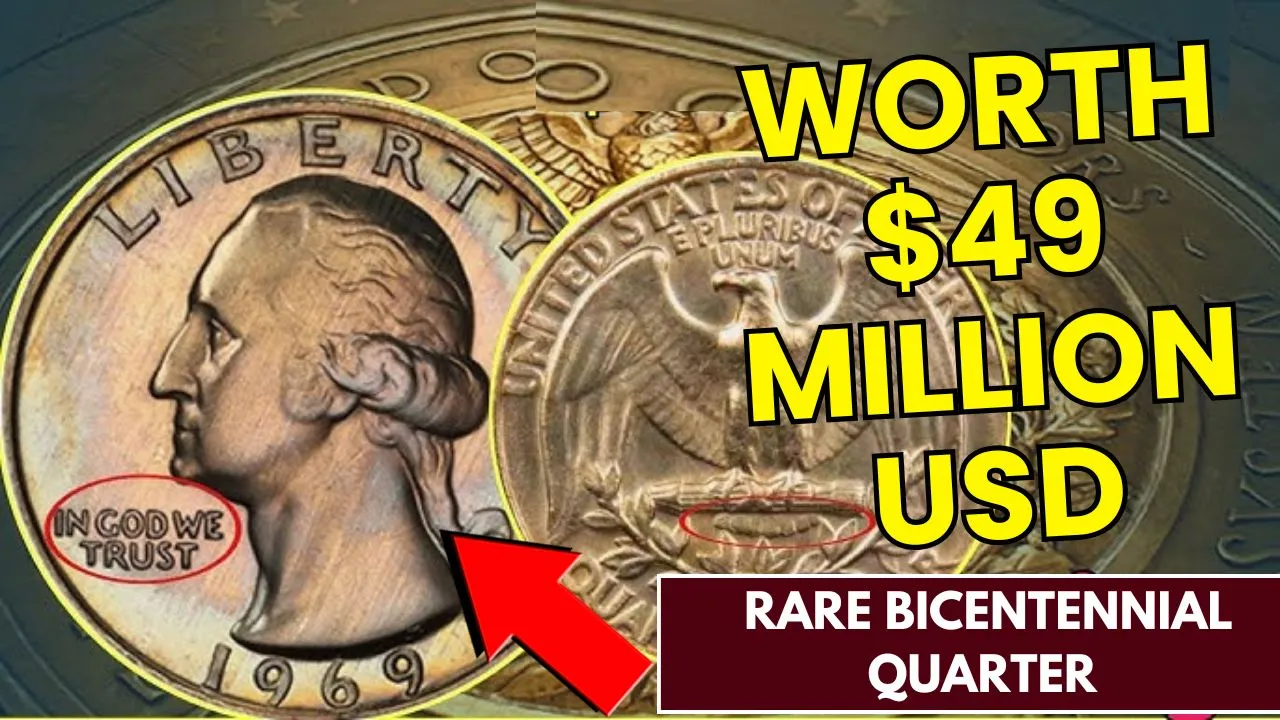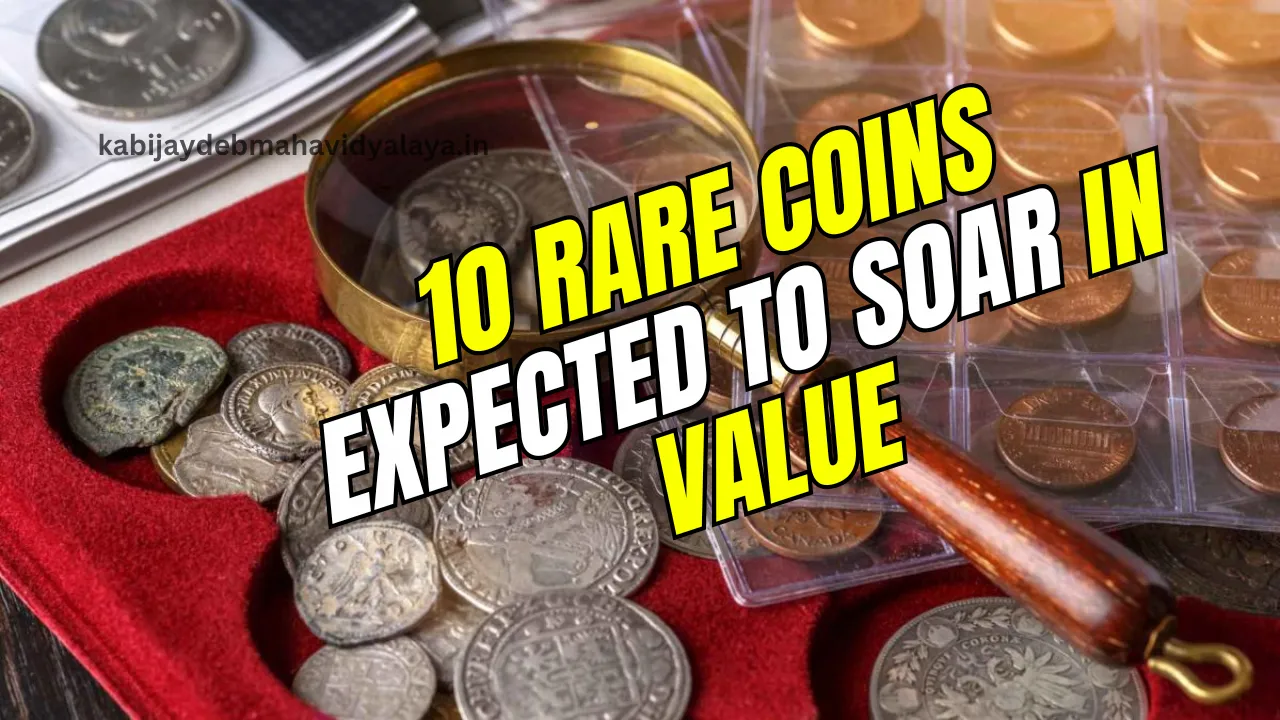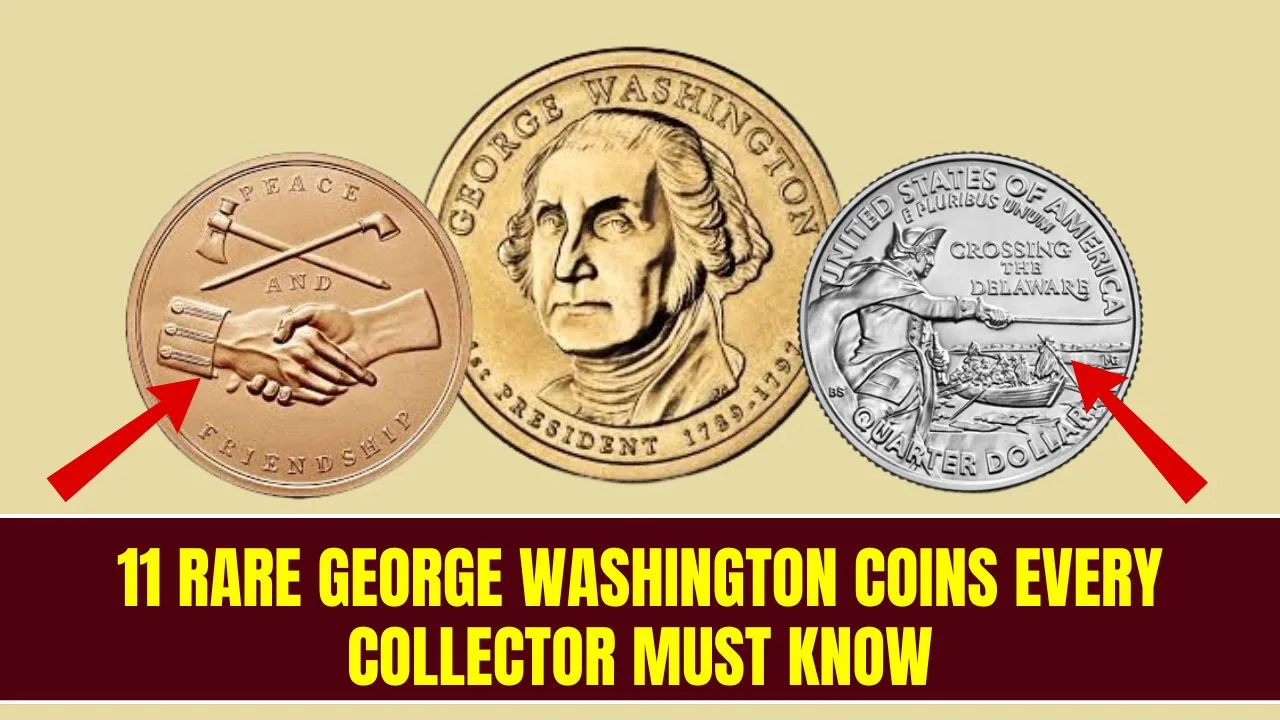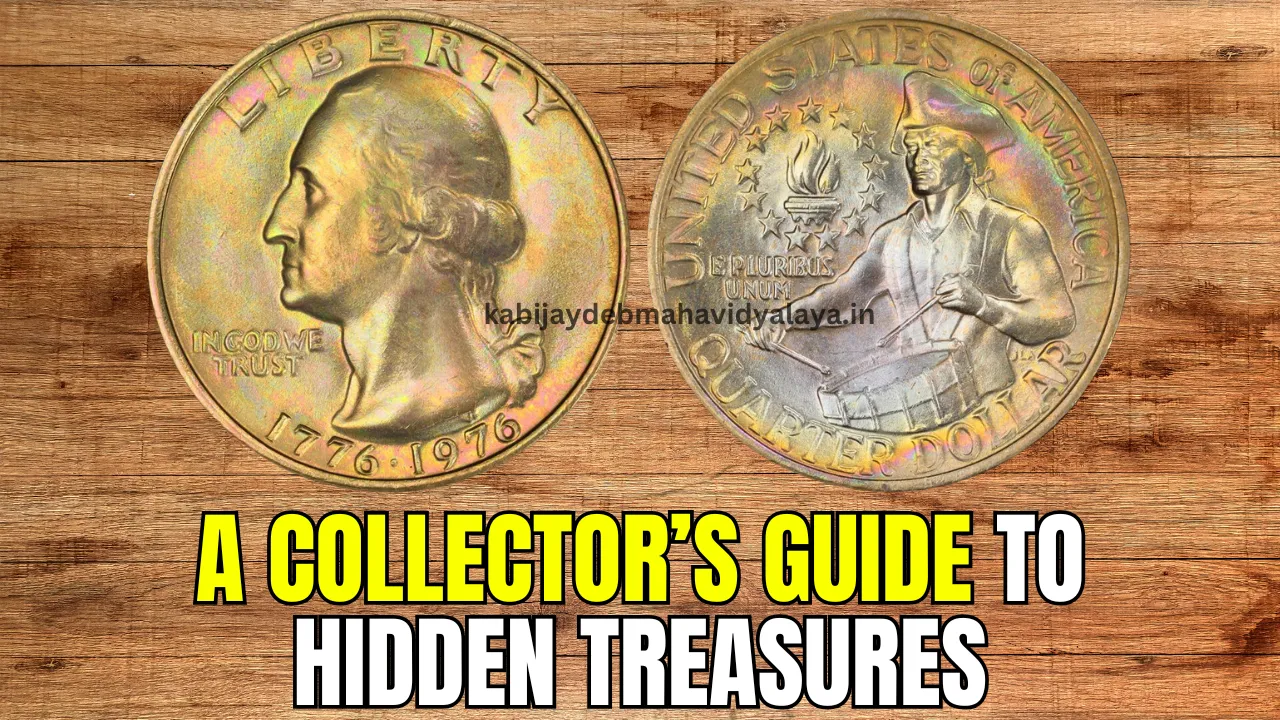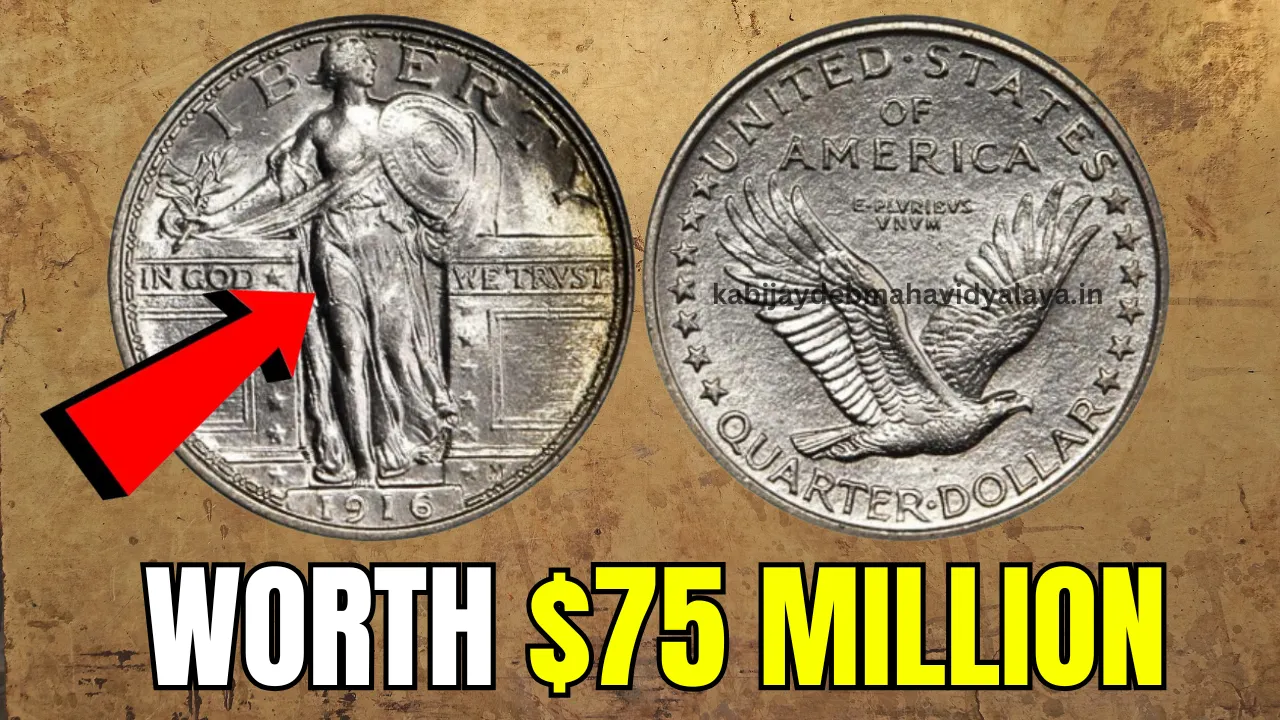How to Spot 3 Rare Bicentennial Quarters in Everyday Change: Rare Bicentennial quarters hold a special place in the world of coin collecting. Minted in 1976 to celebrate the 200th anniversary of American independence, these quarters are still common in everyday change. However, some rare varieties of Bicentennial quarters are far more valuable than their face value. If you’ve ever wondered whether the coins in your pocket might be worth more than 25 cents, you’re in the right place.
In this guide, we’ll uncover three rare Bicentennial quarters you should look out for—the 1976-S Proof Quarter, the 1976 Doubled Die Quarter, and the 1976 Silver Proof Quarter. You’ll learn how to spot these unique coins, what makes them special, and why they’re worth much more than standard quarters.
Overview of Rare Bicentennial Quarters
Here’s a quick summary of the key features and potential value of these rare Bicentennial coins:
| Coin Type | Special Features | Approximate Value |
| 1976-S Proof Quarter | Polished surface, “S” mintmark | Up to $10+ |
| 1976 Doubled Die Quarter | Doubling in the date “1776-1976” | Up to $500 or more |
| 1976 Silver Proof Quarter | 90% silver content | $5+ in melt value alone |
The 1976-S Proof Quarter: A Collector’s Dream
The 1976-S Proof Quarter stands out for its mirror-like finish and refined details. Produced at the San Francisco Mint, proof coins are crafted using a special process that creates sharp, frosted designs and a gleaming background. These coins were originally intended for collectors and were not meant for everyday use, but a few may still end up in circulation.
The most identifiable feature of this coin is the “S” mintmark located below the date on the coin’s face. Only around 3 million of these coins were made, adding to their rarity. If you spot a quarter with a polished, pristine surface and the “S” mintmark, it could be worth up to $10 or more depending on its condition.
The 1976 Doubled Die Quarter: A Rare Error
The 1976 Doubled Die Quarter is another rare find that excites collectors. A doubled die error occurs when the coin’s design is struck more than once, causing a visible doubling effect on certain elements. For Bicentennial quarters, the most common doubling appears on the date “1776-1976.”
To identify this error, carefully inspect the numbers on the coin under a magnifying glass or bright light. A genuine doubled die will show distinct, raised doubling that is thicker or misaligned compared to the standard strike. These coins are incredibly valuable, with some examples selling for $500 or more, depending on the extent of the doubling and the coin’s overall condition.
The 1976 Silver Proof Quarter: A Hidden Treasure
The 1976 Silver Proof Quarter is unique because of its composition. Unlike standard quarters, which are made from a copper-nickel blend, these coins are crafted from 90% silver. They were part of a limited-edition proof set released by the U.S. Mint to commemorate the Bicentennial celebration.
You can identify a silver proof quarter by its distinct luster and weight. Look at the coin’s edge—if it’s entirely silver with no copper band, you likely have a silver proof coin. While these quarters were never intended for circulation, some may have been accidentally used, making them a rare and exciting discovery in everyday change. With a melt value of at least $5 due to their silver content, these coins are worth keeping.
Key Features to Look For
If you’re eager to find rare Bicentennial quarters, pay close attention to these characteristics:
- Mintmarks:
- An “S” mintmark indicates a proof coin, particularly the 1976-S Proof Quarter.
- No mintmark means it’s a standard issue.
- Unusual Details:
- Check the date “1776-1976” for signs of doubling or thickness.
- Look for clean, sharp details that might indicate a proof coin.
- Silver Edges:
- Examine the coin’s edge for a solid silver band to identify a silver proof quarter.
Why These Coins Are Valuable
Several factors make rare Bicentennial quarters valuable:
- Low Mintage Numbers: Rare varieties like the 1976-S Proof and 1976 Silver Proof quarters were produced in limited quantities.
- Unique Errors: The doubled die error on some Bicentennial quarters makes them highly sought after by collectors.
- Precious Metal Content: Coins like the 1976 Silver Proof Quarter have intrinsic value due to their 90% silver composition.
These coins also hold historical significance, representing a pivotal moment in American history. For collectors, they’re more than just valuable—they’re a piece of the nation’s story.
Tips for Coin Collecting
- Check Your Change Frequently: The next time you get quarters in change, take a moment to inspect them.
- Invest in a Magnifying Glass: Many rare features, like doubled die errors, are hard to see with the naked eye.
- Store Coins Properly: Use protective holders or cases to prevent wear and maintain the coin’s condition.
- Learn From Experts: Join coin-collecting forums or visit a local coin shop for advice.
Frequently Asked Questions
How can I tell if a Bicentennial quarter is a proof coin?
Look for a polished, mirror-like finish and the “S” mintmark below the date.
What does a doubled die error look like?
Doubled die errors show visible doubling on certain parts of the coin, such as the date. Check for thicker or misaligned numbers.
Are all 1976 quarters valuable?
No, most are only worth their face value, but rare varieties like proof coins and error coins can be worth much more.
Where can I sell a rare Bicentennial quarter?
You can sell valuable coins to collectors, online marketplaces like eBay, or through professional coin dealers.
How much is a 1976 Silver Proof Quarter worth?
Its melt value alone is around $5, but its rarity and collector appeal can make it worth much more.
Final Thoughts
Spotting rare Bicentennial quarters is an exciting hobby that can even be profitable. By learning how to identify these unique coins, you might discover a hidden treasure in your spare change. Whether it’s the shimmering finish of the 1976-S Proof Quarter, the fascinating error on the 1976 Doubled Die Quarter, or the valuable silver content of the 1976 Silver Proof Quarter, each coin has a story to tell.
Do you have a rare Bicentennial quarter in your collection? Share your find in the comments below, and don’t forget to check out other fascinating topics about collectible coins!
